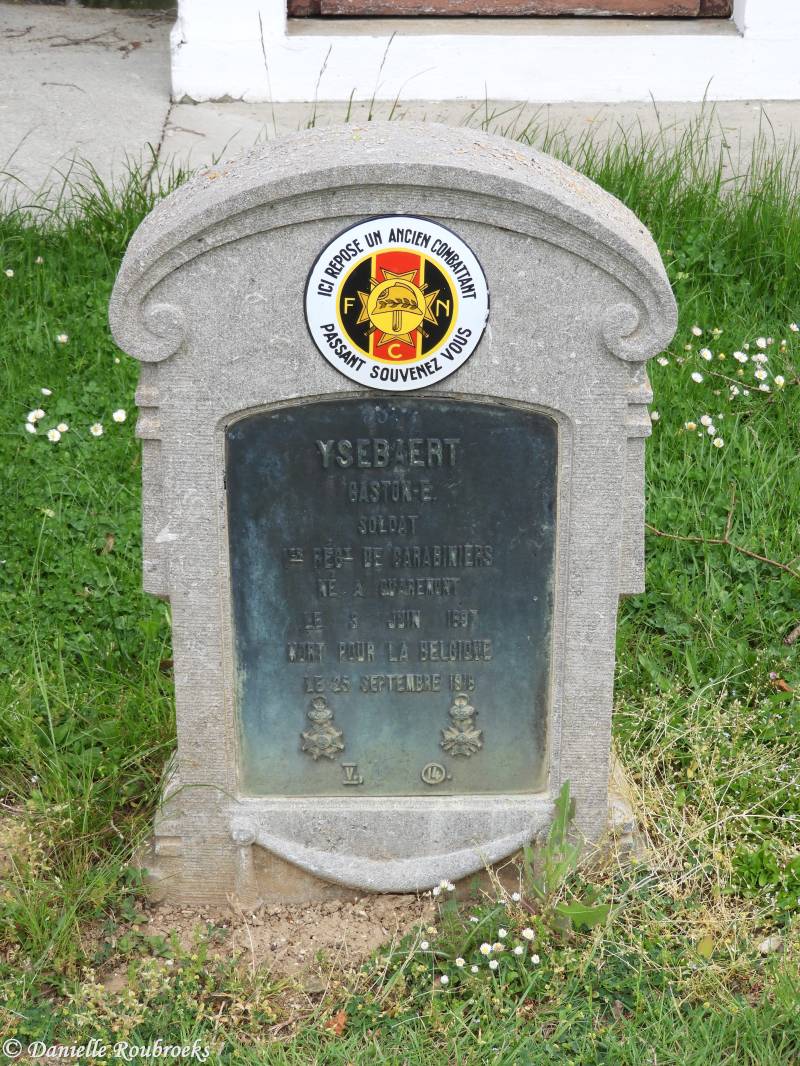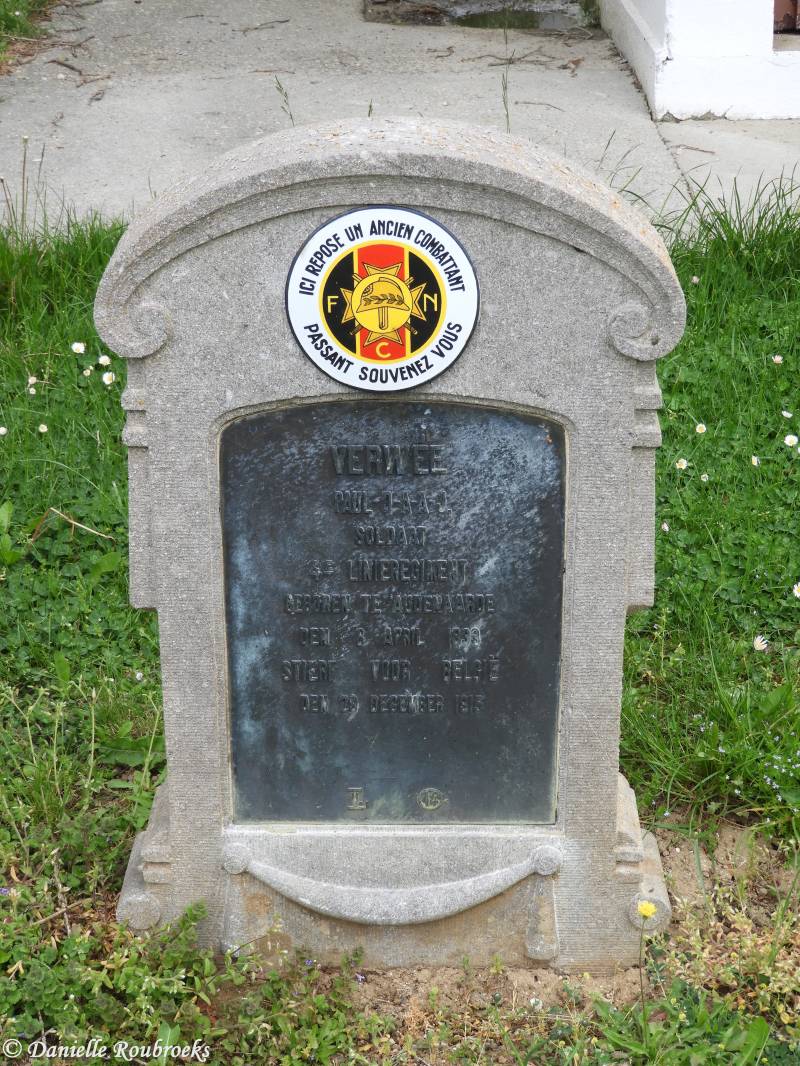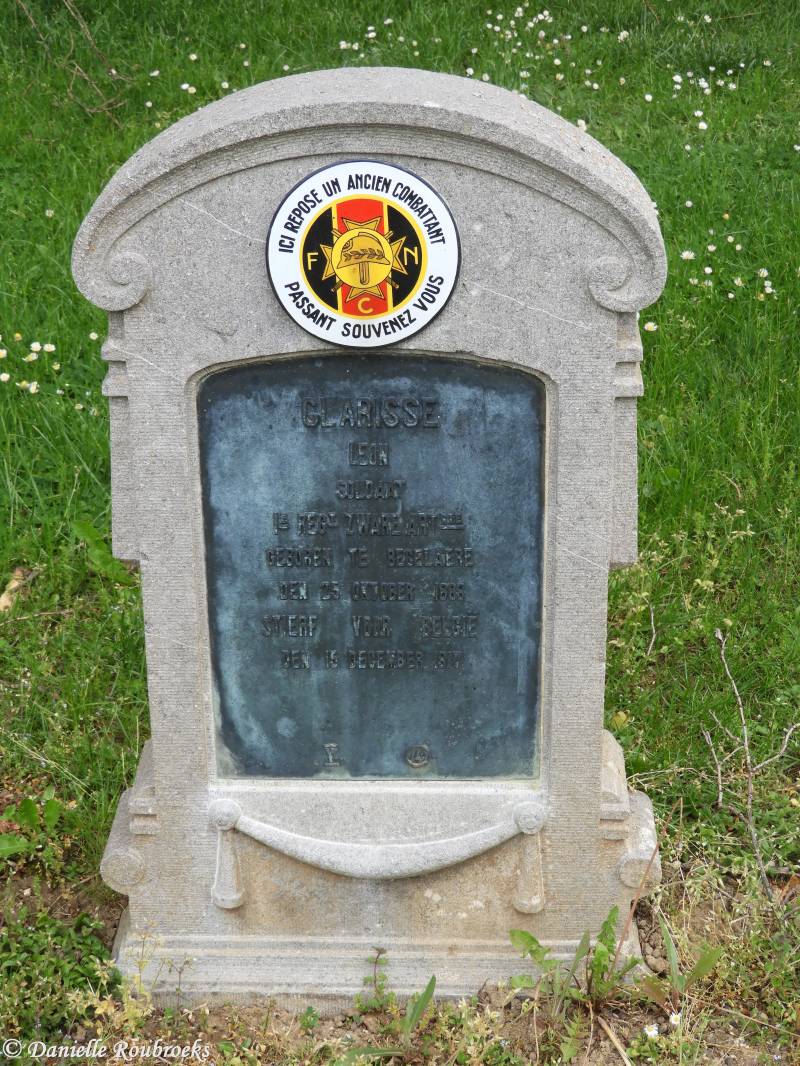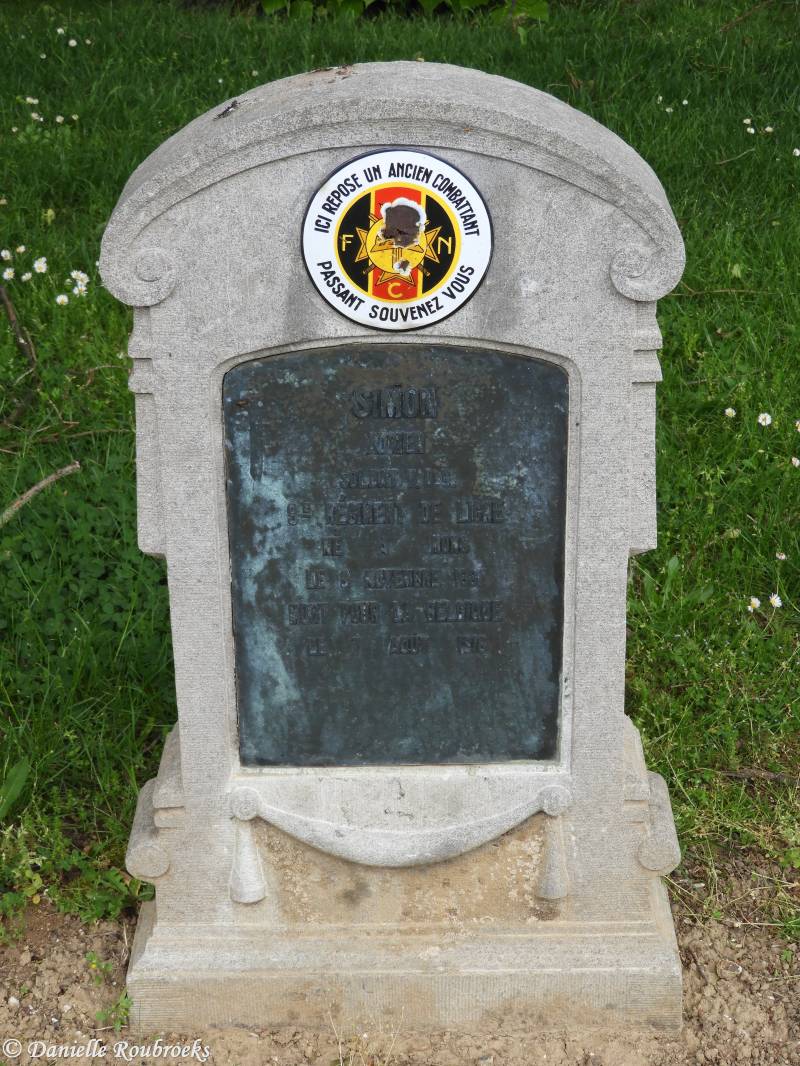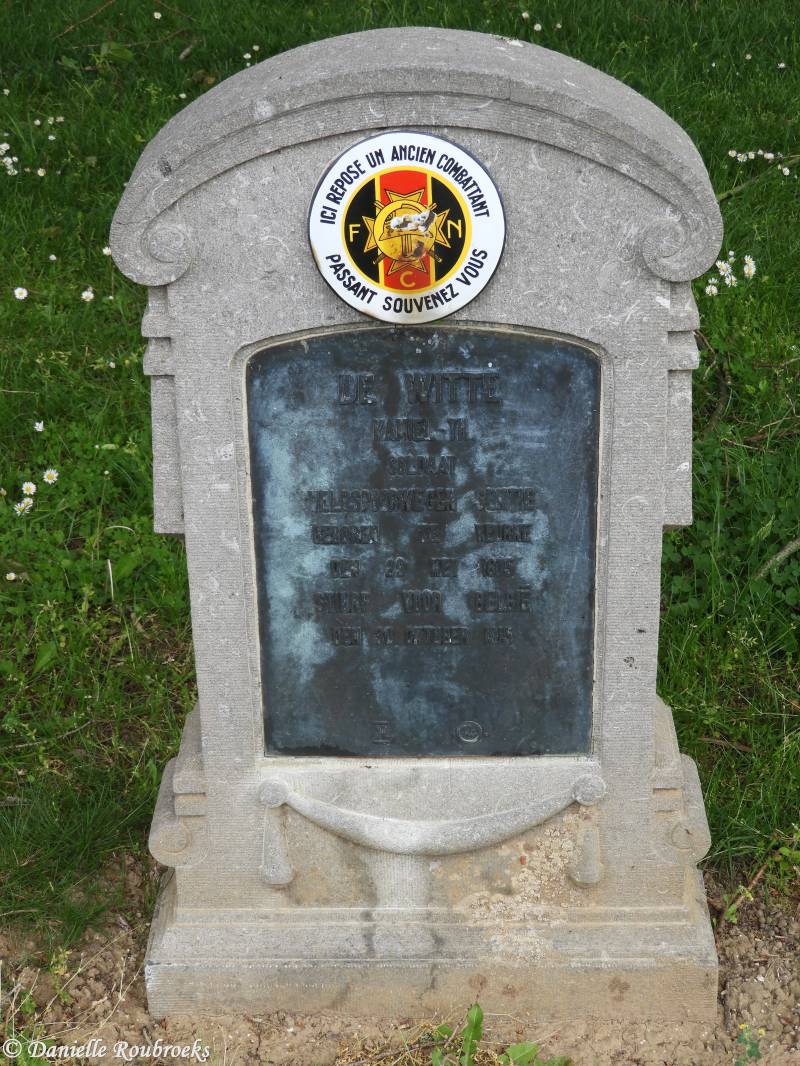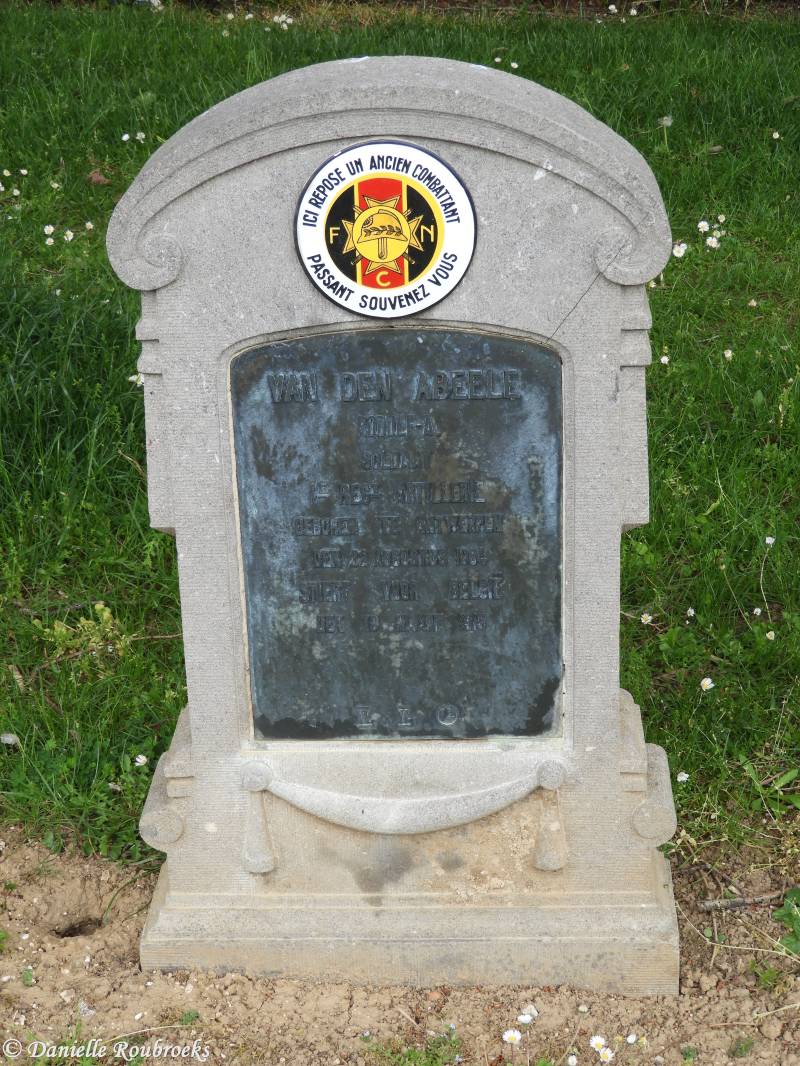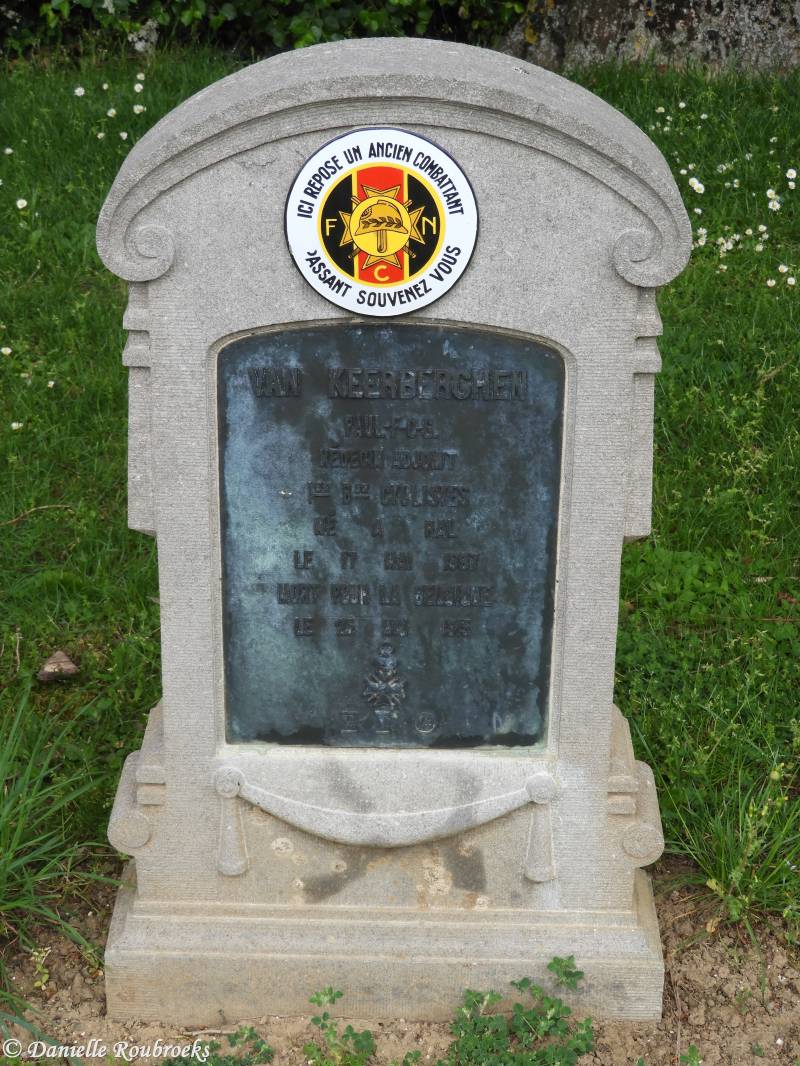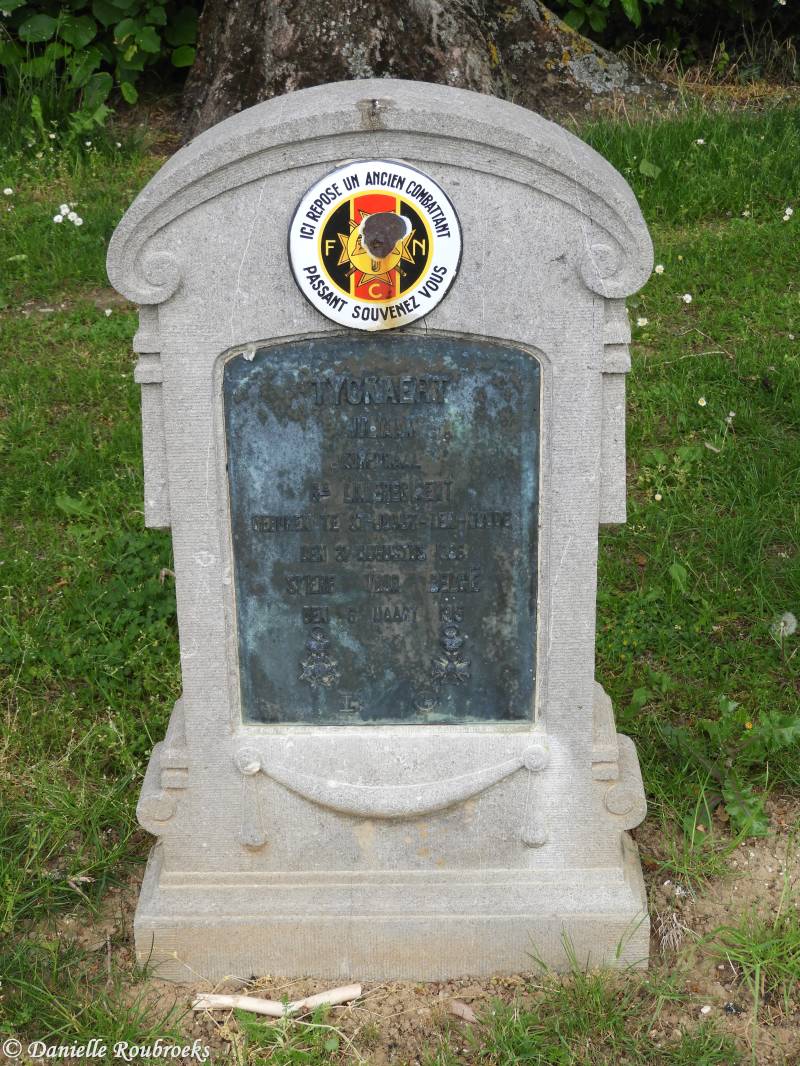St. Pierre French National Cemetery, Amiens
Historical Information (Source: CWGC)
During part of August 1914, Amiens was the British Advanced Base. It was captured by the Germans on 31 August, and retaken by the French on the following 13 September. The German offensive which began in March 1918 had Amiens for at least one of its objectives but the Battle of Amiens (8 - 11 August 1918) is the Allied name for the action by which the counter offensive, the Advance to Victory, was begun. The 7th General Hospital was at Amiens in August 1914; the 56th (South Midland) Casualty Clearing Station from April to July 1916; the New Zealand Stationary Hospital from July 1916 to May 1917; the 42nd Stationary Hospital from October 1917 to March 1919; and the 41st Stationary Hospital in March 1918, and again in December 1918 and January 1919. The Commonwealth plot in St. Pierre Cemetery was first used in September 1915 and closed in October 1919, but shortly afterwards 33 graves of 1918 were brought in from positions in or near the city. During the Second World War, Amiens was again a British base, and G.H.Q. reserve was accommodated in the area south-west of the town. There was heavy fighting in and around Amiens when the Germans broke through the Somme line and took the town on 18 May 1940. Much damage was done, but although all the houses to the west of the cathedral were completely destroyed by the bombardment, the cathedral itself and the church of St. Germain l'Ecossais survived. Amiens was retaken by the British Second Army on 31 August 1944. Nos. 25 and 121 General Hospitals were posted there in October 1944, remaining until April 1945.
This national necropolis of the Saint-Pierre d'Amiens district, located within the municipal cemetery of the same name and backing onto the military square of the CWGC, contains the graves of 1347 combatants, most of whom died in hospitals. from the city.
In this necropolis are grouped together, on 6,830 m², the graves of 1,347 soldiers who died, mostly in the hospitals of the city.
There are also twenty-five graves of Belgian soldiers there.



